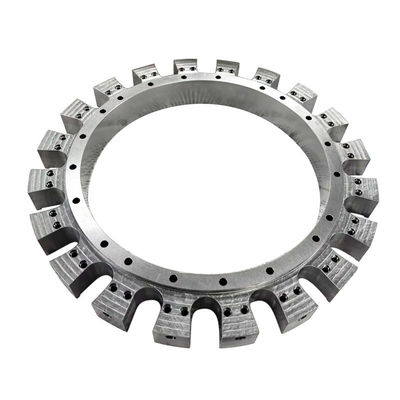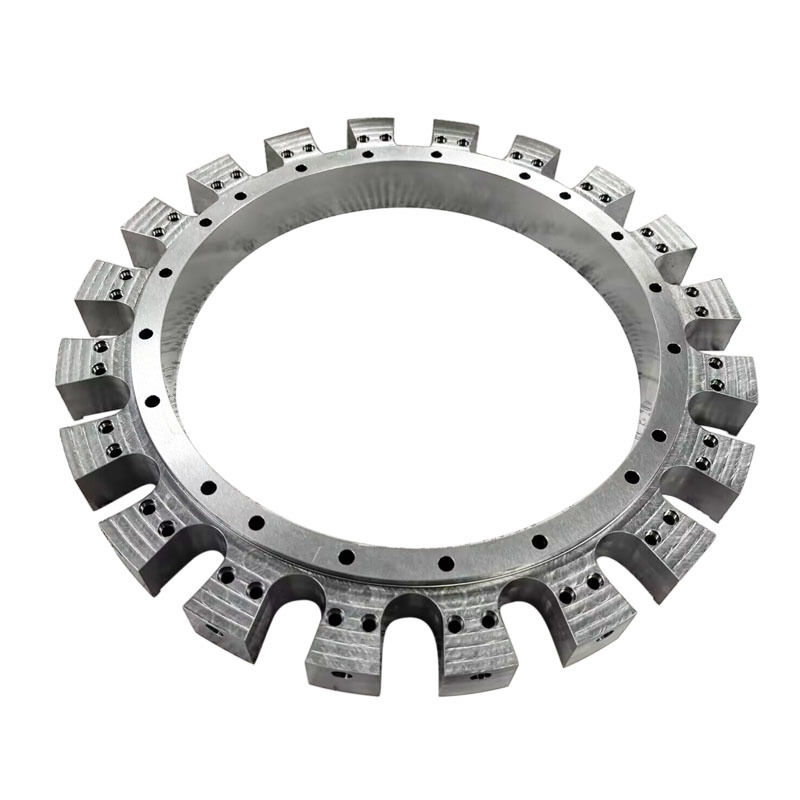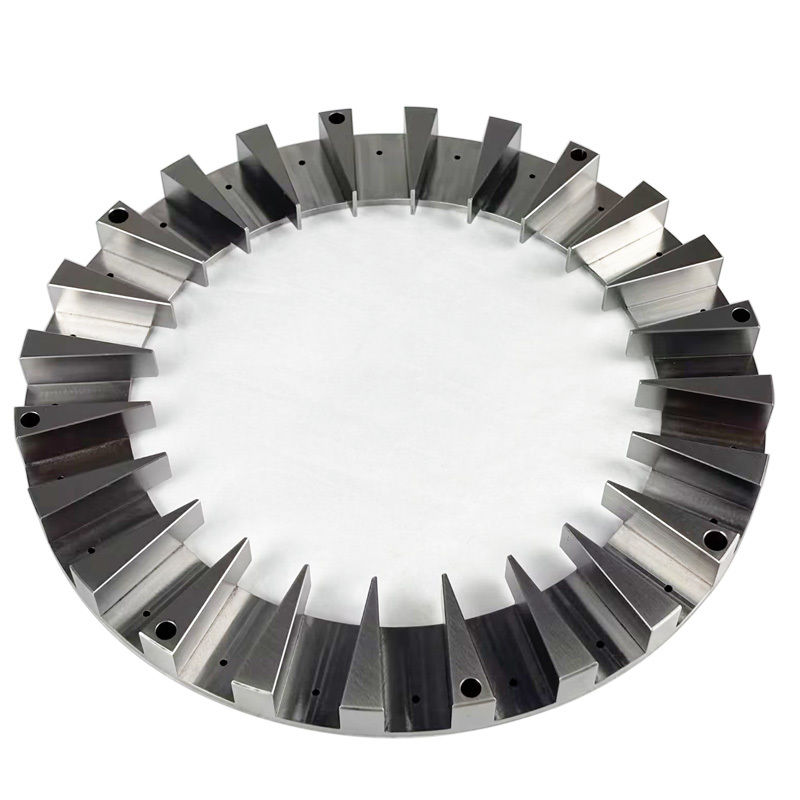
Machining in Manufacturing, PVC Machining, and Machining Factory
-
Highlight
PVC CNC machining parts
,CNC turning factory services
,manufacturing machining PVC components
-
Product NameMachining Parts
-
Surface TreatmentAnodizing,polishing,chrome As Your Request
-
ServiceOEM /ODM CNC Machining
-
Apply ToAny OEM Cnc Machining Parts
-
SampleNeed To Pay Sample Fee
-
Tolerance0.01~±0.005mm
-
ProcessCnc Machining+deburrs
-
FeatureDurable And High Precision
-
ColorCustomized Color
-
Delivery Time3-5 Days For Sample Order, 10-15 Days For Bulk Order After
-
Place of OriginGuangdong
-
Brand NameHS
-
CertificationISO9001,ISO14001
-
Model NumberHS-45
-
Minimum Order Quantity1Piece/Pieces
-
PriceUSD,0.89-10.79,Piece/Pieces
-
Packaging DetailsEPE foam inside and Carton outside or EPE foam inside and Wooden outside
-
Delivery Time7-15 work days
-
Payment TermsL/C,D/A,D/P,T/T,Western Union,MoneyGram
-
Supply Ability5000,Piece/Pieces,Month
Machining in Manufacturing, PVC Machining, and Machining Factory
Modern production relies on efficient manufacturing, specialized PVC processing capabilities, and full-service processing plant operations.
|
Stainless Steel: SS201,SS301, SS303, SS304, SS316, SS416 etc.
|
|
Steel: mild steel, Carbon steel, 4140, 4340, Q235, Q345B, 20#, 45# etc.
|
|
Brass: HPb63, HPb62, HPb61, HPb59, H59, H68, H80, H90 etc.
|
|
Copper: C11000,C12000,C12000 C36000 etc.
|
|
Iron: A36, 45#, 1213, 12L14, 1215 etc.
|
|
Plastic: ABS, PC, PE, POM, Delrin, Nylon, PP,PEI, Peek etc.
|
|
CNC Milling work range: 510 * 1020 * 500 mm(max) Tolerance: +/-0.01 mm
|
Turning
Turning is a machining method that uses stationary cutting tools to remove material from a workpiece while it rotates at high speed. These tools remove material symmetrically from the workpiece and are commonly used to machine cylindrical and tapered parts.
Applications of TurningThe turning process is widely used in the manufacture of automotive parts, such as engine shafts and other critical components. Furthermore, it can be used to create spiral grooves, tapers, contours, and steps of varying diameters. This makes turning an essential and crucial process in machining.
About PVC CNC Machining
Polyvinyl chloride (PVC) is one of the most widely used engineering plastics. It typically comes in two forms: plasticized and unplasticized. Unplasticized PVC is primarily used to manufacture rigid components such as pipes and fittings. PVC CNC machining is typically performed using this rigid material. Plasticized PVC is used in applications requiring flexibility, such as cables or small tubes.Polyvinyl chloride (PVC) production uses fewer non-renewable raw materials than most other plastics, making it one of the most environmentally friendly plastics. Similar to other engineering plastics, PVC CNC machining is generally relatively easy due to its rigidity and hardness. This allows PVC to effectively meet the dual demands of environmental protection and performance in a variety of applications.
Rigid/Unplasticized PVC
Processing rigid or unplasticized PVC results in low-cost parts with excellent mechanical properties, with the added benefit of resistance to the elements. The material's moisture resistance and UV resistance make it particularly attractive for applications such as pipes and fittings. These properties ensure durability and reliability in a variety of environments.
| Tensile Strength, Yield (MPa) | Elongation at Break (%) | Hardness (Shore D) | Heat Deflection Temperature (°C) | Flammability Rating (UL 94 (1.5 mm)) | Color |
|---|---|---|---|---|---|
|
45.6 |
110 |
80 |
72.5 |
HB-5VA |
Gray |
PVC Painting and Weathering
Unlike most other engineering plastics, PVC can be easily painted, both for aesthetic reasons and to further extend its outdoor lifespan. However, while its mechanical properties remain consistent, transparent PVC can discolor over time with prolonged exposure to sunlight or other UV sources. This phenomenon needs to be accounted for in applications to ensure the material's appearance and performance.
Paint: PVC can be painted as long as the paint does not contain solvents that attack PVC. Ensure your paint formulation is compatible with PVC to avoid compromising its mechanical properties.
Machining: PVC is relatively simple to machine, producing a smooth, glossy surface that generally does not require any additional post-processing. This ensures that PVC maintains its high-quality appearance and performance in a variety of applications.
![]()
![]()
FAQ:
Q: Are you a trading company or manufacturer?
A: We are a factory.
Q: How can I obtain a quotation?
A: To receive a quotation, please send us drawings in formats such as IGS, DWG, STEP, etc., along with a detailed PDF. If you have any specific requirements, please include them in the request, and we will provide professional advice for your reference.
Q: What if I don't have a drawing?
A: In such cases, you can provide us with samples or drawings. Rest assured, we will ensure the safety and confidentiality of any provided drawings.
Q: What is your delivery time?
A: Normally, it takes 7-14 days for the parts to be ready. We have systems in place to ensure timely delivery.
Q: How do you ship the products? What are the packing details?
A: For small quantity orders, we have partnerships with courier services like TNT, FEDEX, UPS, etc. For larger quantities, air or sea shipment options are available. We have standard packing details, but if you have any specific requirements, we are willing to assist you.
Q: Do you provide samples? Is there an extra charge?
A: Yes, we can provide samples, but there may be an extra charge for them.
Q: What are your payment terms? How can I make the payment?
A: Our payment terms are 50% T/T (bank transfer) in advance, with the balance payment due before shipment. If you have any other questions, please feel free to contact us.



